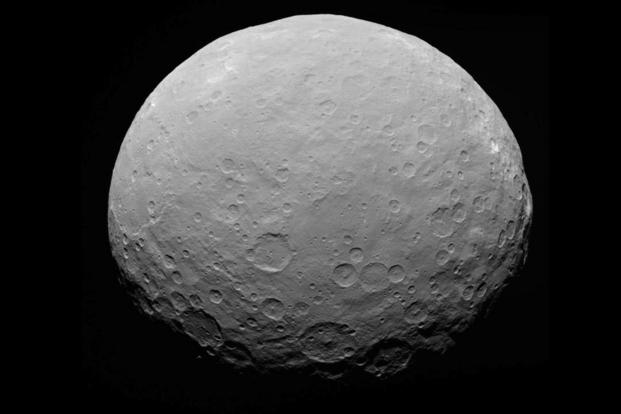-
Tips for becoming a good boxer - November 6, 2020
-
7 expert tips for making your hens night a memorable one - November 6, 2020
-
5 reasons to host your Christmas party on a cruise boat - November 6, 2020
-
What to do when you’re charged with a crime - November 6, 2020
-
Should you get one or multiple dogs? Here’s all you need to know - November 3, 2020
-
A Guide: How to Build Your Very Own Magic Mirror - February 14, 2019
-
Our Top Inspirational Baseball Stars - November 24, 2018
-
Five Tech Tools That Will Help You Turn Your Blog into a Business - November 24, 2018
-
How to Indulge on Vacation without Expanding Your Waist - November 9, 2018
-
5 Strategies for Businesses to Appeal to Today’s Increasingly Mobile-Crazed Customers - November 9, 2018
NASA’s ‘Tantalising’ New Map Of Ceres Fails To Solve Bright Spots Mystery
This time, scientists viewed the new color-coded topographic map of Ceres and found surprising names for the features of Ceres.
Advertisement
Freshly released maps of the dwarf planet Ceres are showing the huge, pyramid-like mountain on it and its enigmatic bright spots, in a completely new light. Launched on September 27, 2007 by a United Launch Alliance (ULA) Delta II Heavy rocket from Space Launch Complex-17B (SLC-17B) at Cape Canaveral Air Force Station, Florida, Dawn will drop to its final altitude of 375 km above the surface of Ceres in October. For example, a 20 km (12 mile) wide mountain close to the planet’s north pole has been named Ysolo Mons, which is basically the name of a festival celebrated in Albania to mark the first day of eggplant harvest.
After months of probing ever-sharper images of dwarf planet Ceres sent back by NASA’s Dawn spacecraft, the space agency thinks it has a pretty good guess about the source of a series of mysterious bright spots reflecting back from the surface of the largest object in the asteroid belt.
“Ceres continues to amaze, yet puzzle us, as we examine our multitude of images, spectra and now energetic particle bursts”, Chris Russell, Dawn principal investigator at the University of California, Los Angeles, said.
The new maps, which are in false color, reveal new topographical details.
Scientists are still working to figure out how these “and other unique Cerean phenomena” could have been produced.
“The irregular shapes of craters on Ceres are especially interesting, resembling craters we see on Saturn’s icy moon Rhea”, Dawn’s deputy principal investigator Carol Raymond said in a statement.
“They are very different from the bowl-shaped craters on Vesta”, said Raymon.
The instrument detected three bursts of energetic electrons that may result from the interaction between Ceres and radiation from the Sunday.
NASA officials say they don’t fully understand the observation, but it may be vital in forming a complete picture of Ceres.
This view, made using images taken by NASA’s Dawn spacecraft, features a tall conical mountain on Ceres.
For more information about the Dawn mission, visit NASA’s website.
Advertisement
There are several nagging mysteries surrounding Ceres, the dwarf planet. Once there it will remain operational until mid-2016 or later.





























